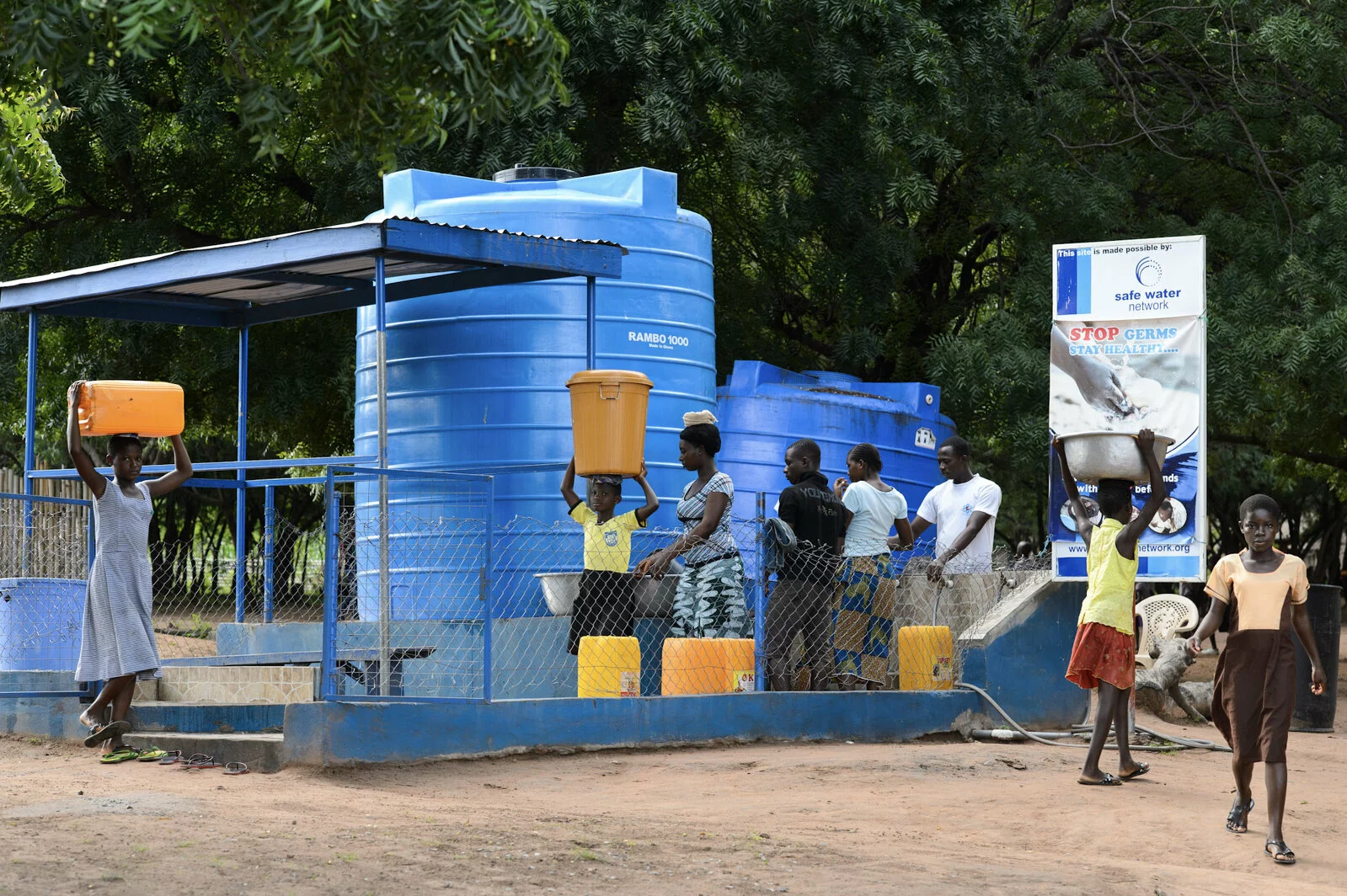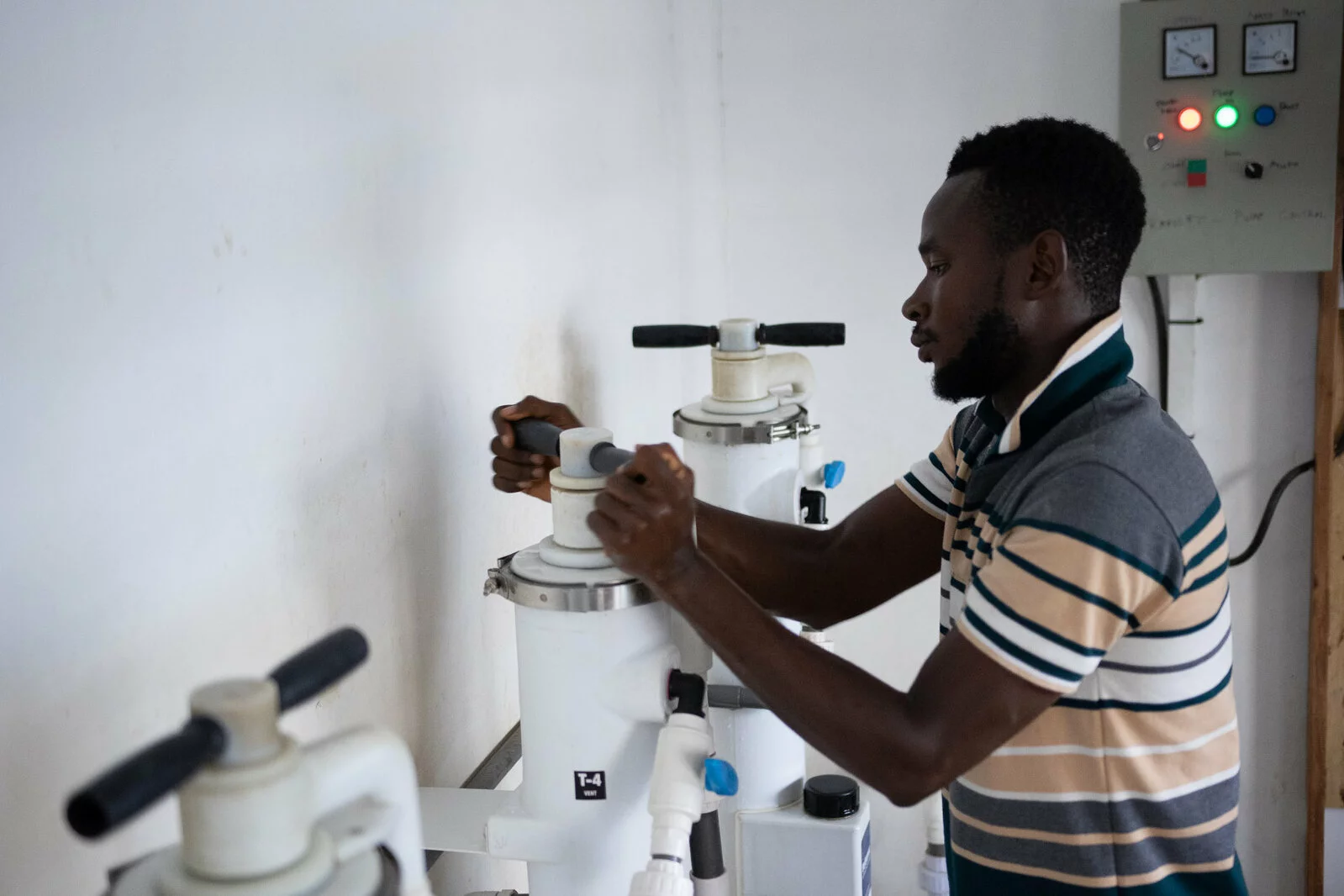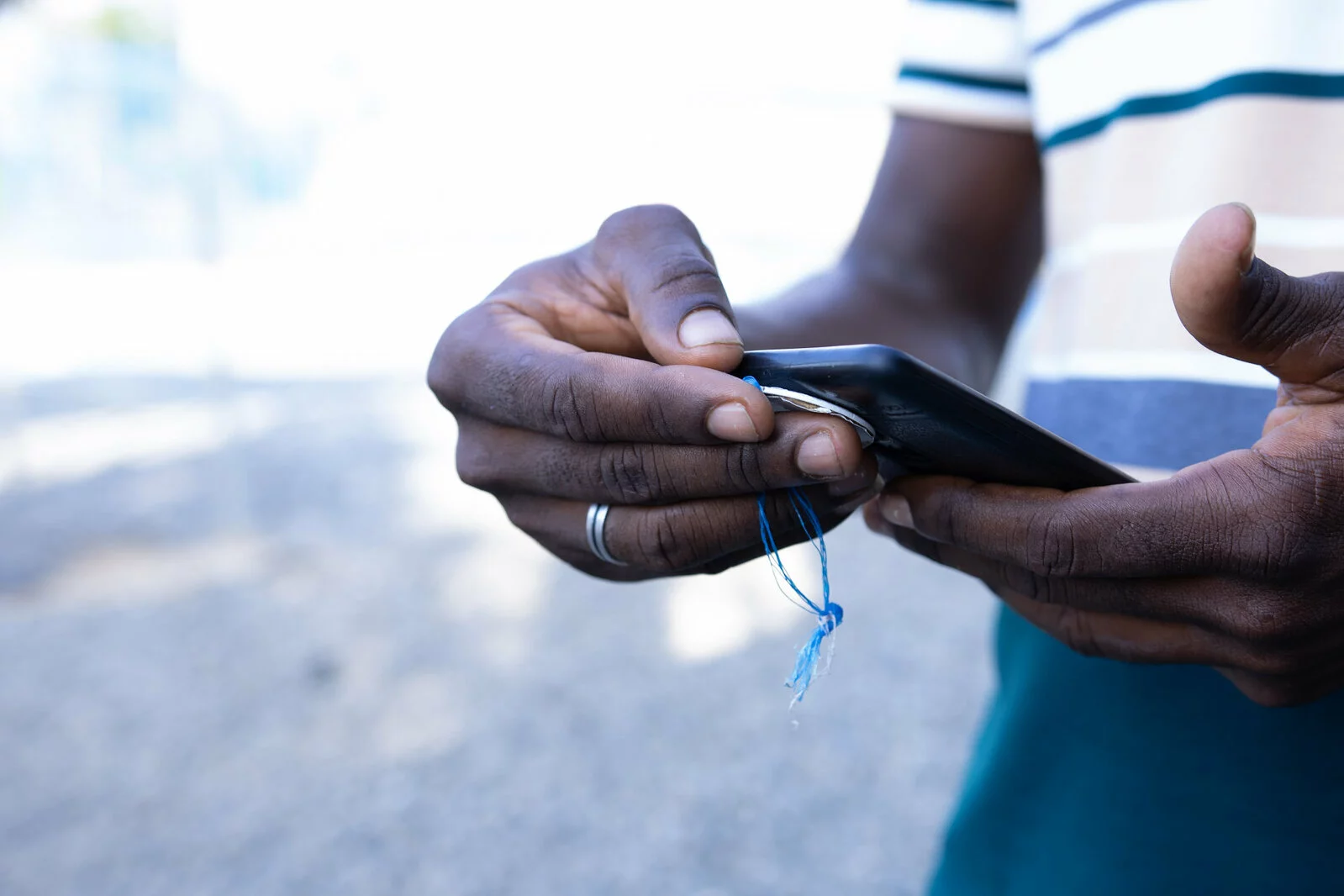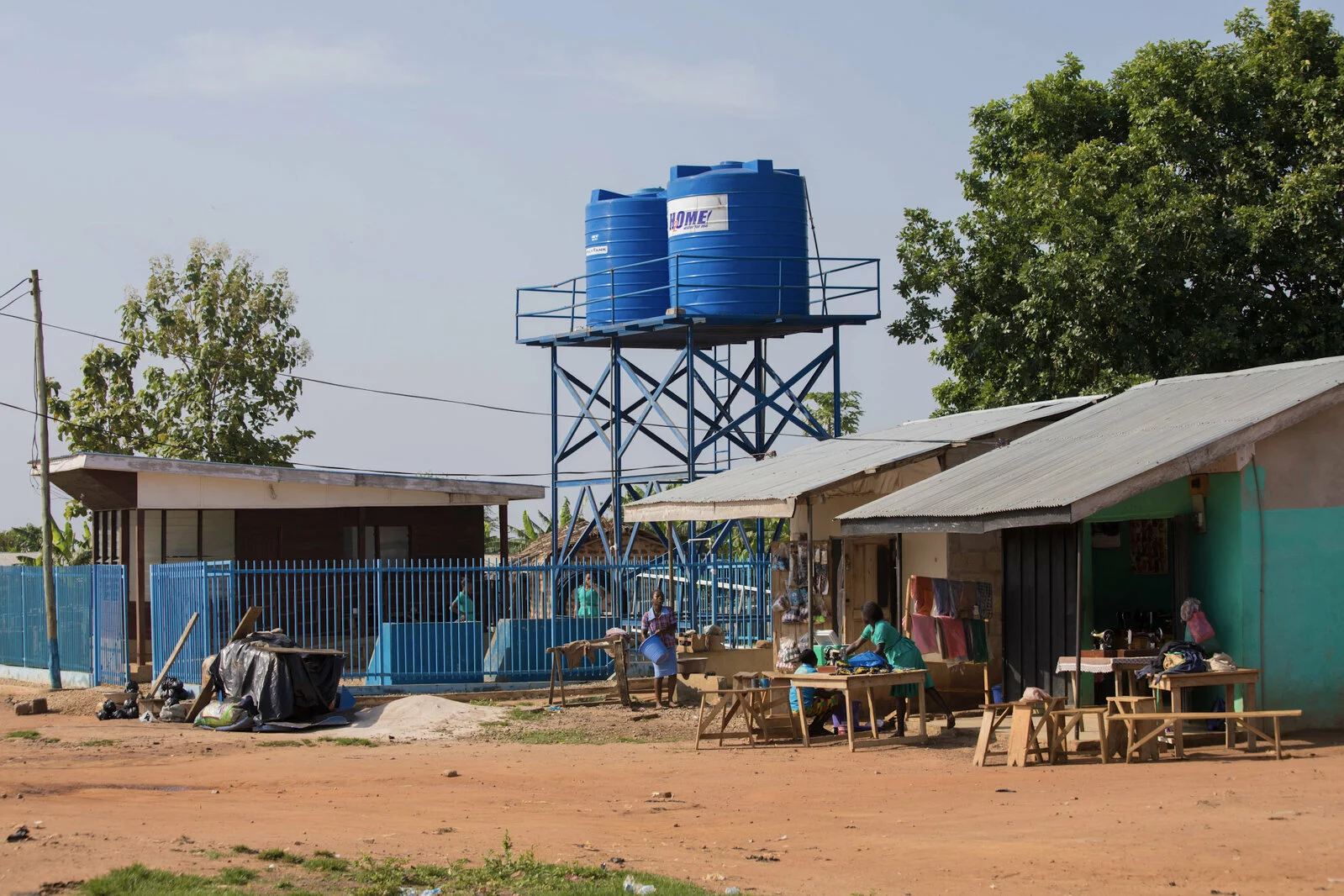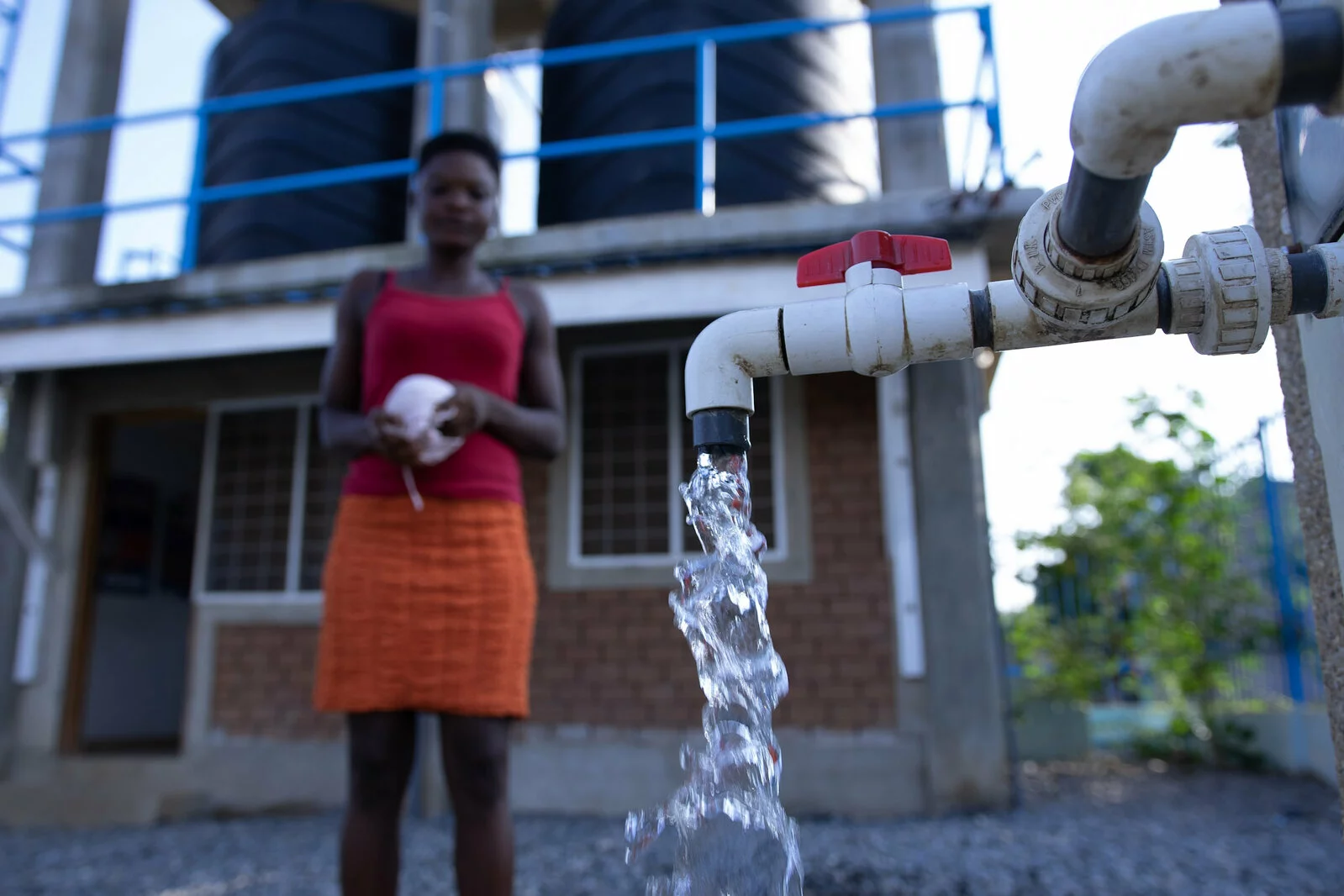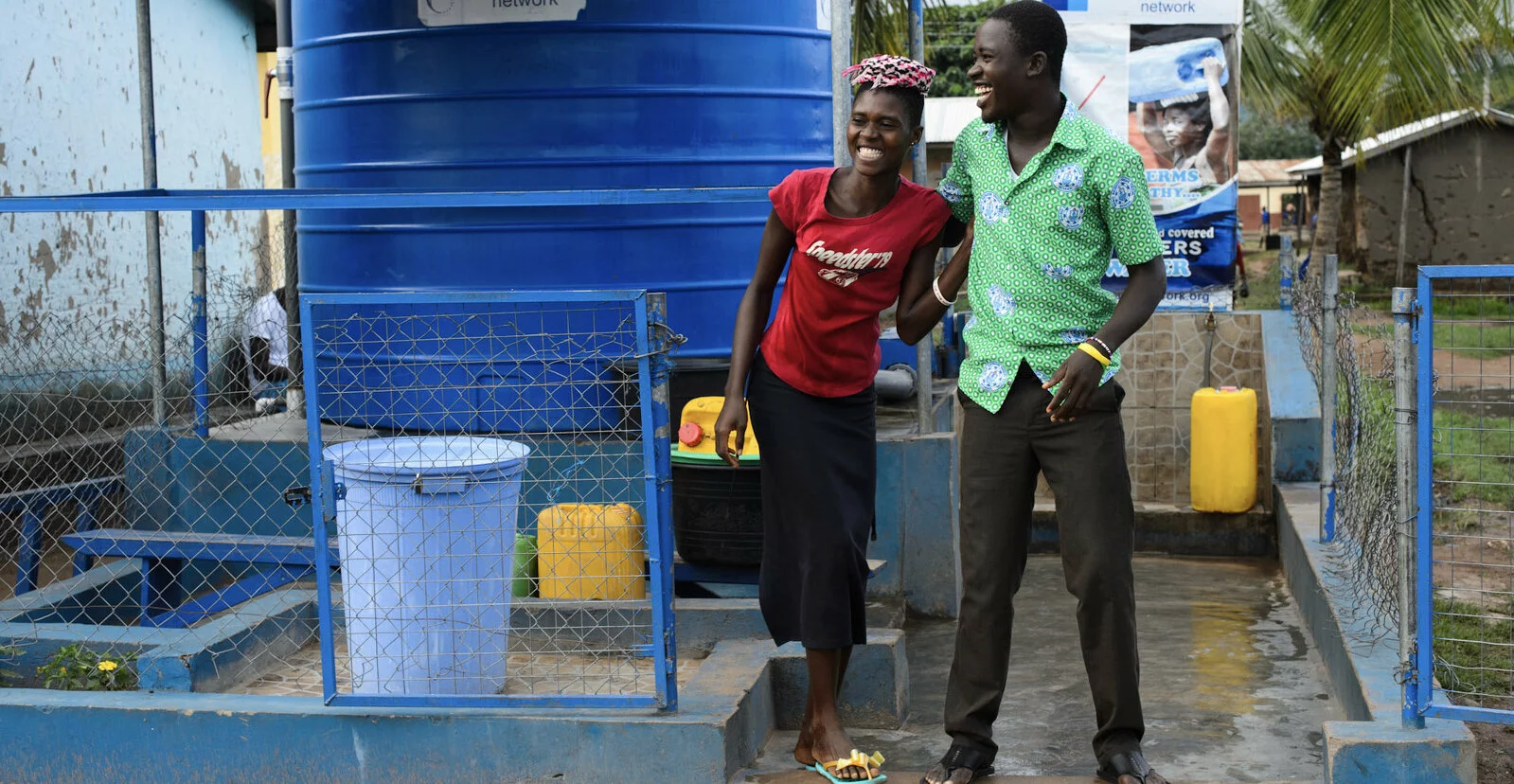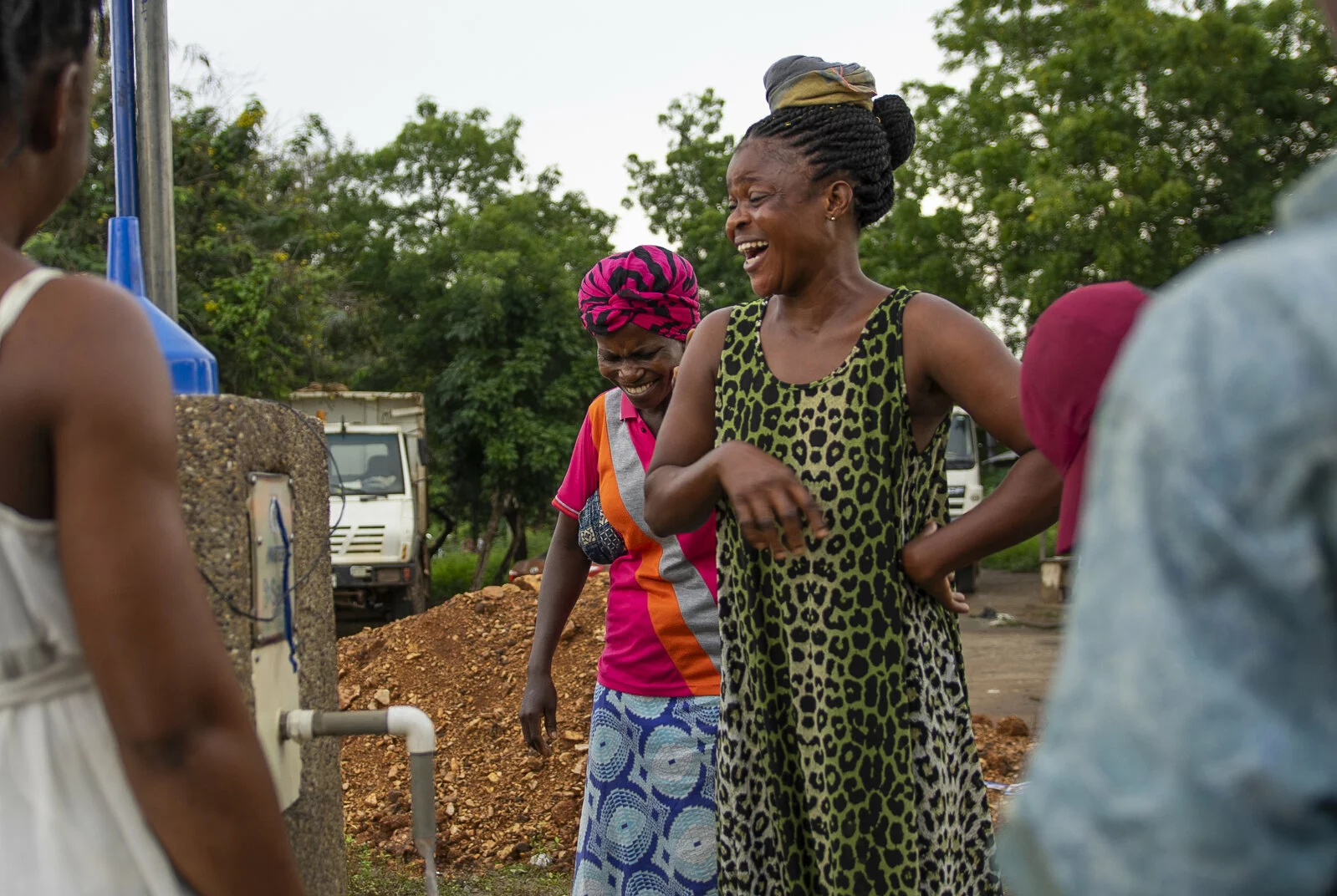Ghana Sector Review (2012)
By: Safe Water Network
Safe Water Network’s goal was to determine how effective locally-owned, decentralized safe water systems could provide communities in Ghana with safe drinking water on a sustainable and economically self-sufficient basis. 43 percent of Ghana’s population does not have access to safe sources of water, particularly in rural and peri-urban areas, making long-lasting safe water solutions an essential priority.
Despite challenges to the implementation of safe water systems in Ghana, including recontamination by community members and lower than anticipated sales volumes, SWN was able to address issues and increase safe water access for rural and peri-urban markets within the country. As a result of collaborative efforts between SWN partners, sales volume went from pre-implementation levels of -29% to an increase of 151% by 2010.
Supporting Documentation/resources/data/reports
